How to get rid of bed bugs – a step-by-step guide from pest control experts
Expert-approved solutions

Sara Hesikova

EDITOR’S NOTE: An earlier version of this article included a quote from a purported expert whose credentials we have not been able to verify. The quote has been removed. We regret this lapse in our verification process and have updated our internal protocols to reduce the risk of recurrence.
I'm willing to bet that how to get rid of bed bugs isn't information any of us *want* to be searching online for.
However, if you've recently spotted this unwelcome household pest in your home, it's definitely information you *need* to know.
According to experts, there are five main signs of bed bugs, and if you're encountering any of these in your home, you’ll naturally want to know how to quickly get rid of bed bugs from your bed, bedroom, and living areas.
As such, I've asked multiple pest control experts for a step-by-step guide on how to get rid of these creepy crawlies, pronto.
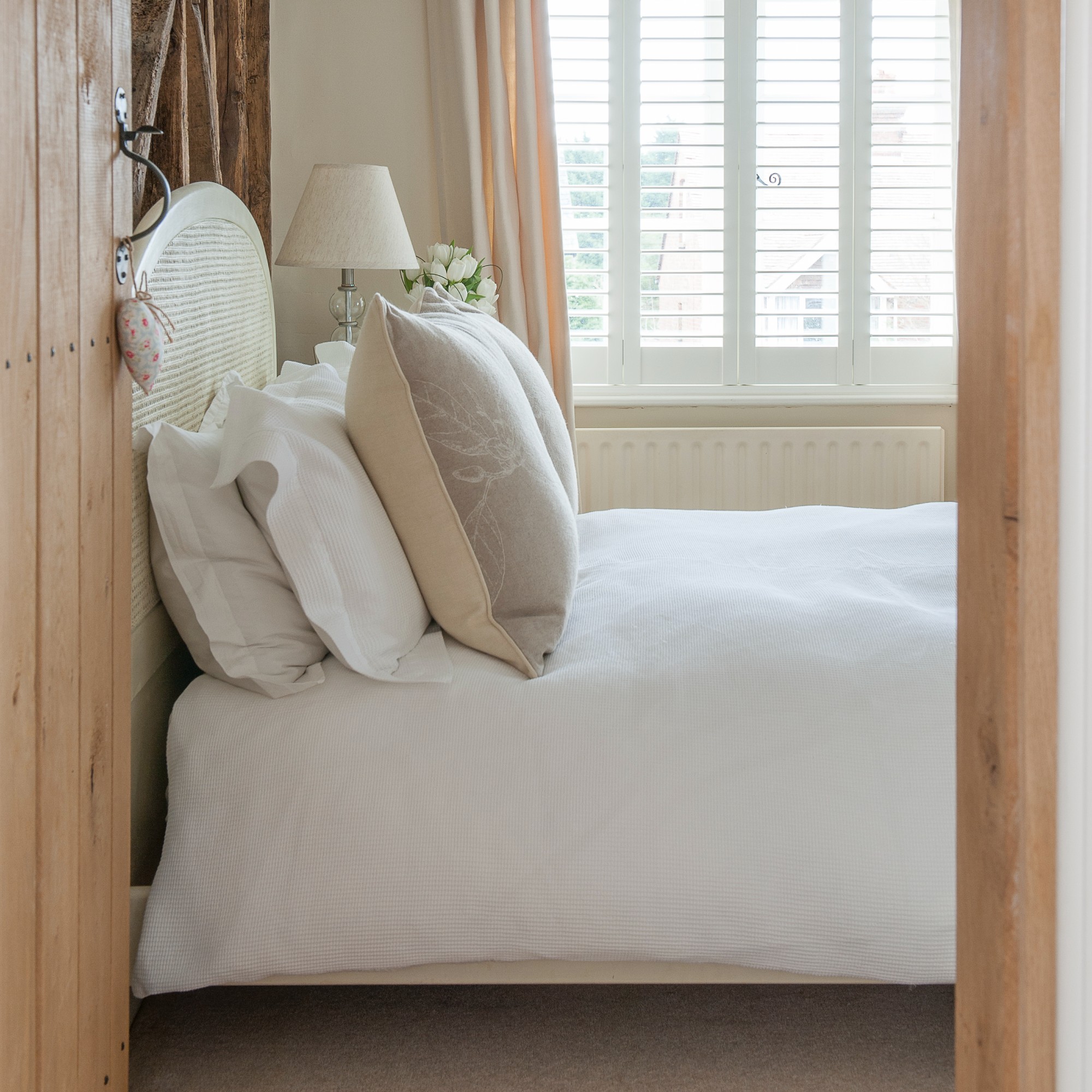
How to get rid of bed bugs
First up, it's worth knowing that just because your home may have bed bugs, that doesn't mean it's unclean. 'It’s generally false to assume that bed bug infestations only happen to dirty properties,' reassures Mihail Velev, pest control technician at pest control service Fantastic Pest Control.
'Many luxurious hotels get infested by these pests and they can be found in well-maintained homes as well as in dirty ones.'
Wondering where bed bugs come from? These sneaky pests can find their way into a spotless home via second-hand furniture, luggage, or even hitch a ride on clothing if you happen to sit on public transport that has an infestation in the upholstered seating.
Sign up to our newsletter for style inspiration, real homes, project and garden advice and shopping know-how
So if you discover you have a bed bug infestation in your home, it's nothing to be ashamed of, but you do need to take action to eliminate them immediately.
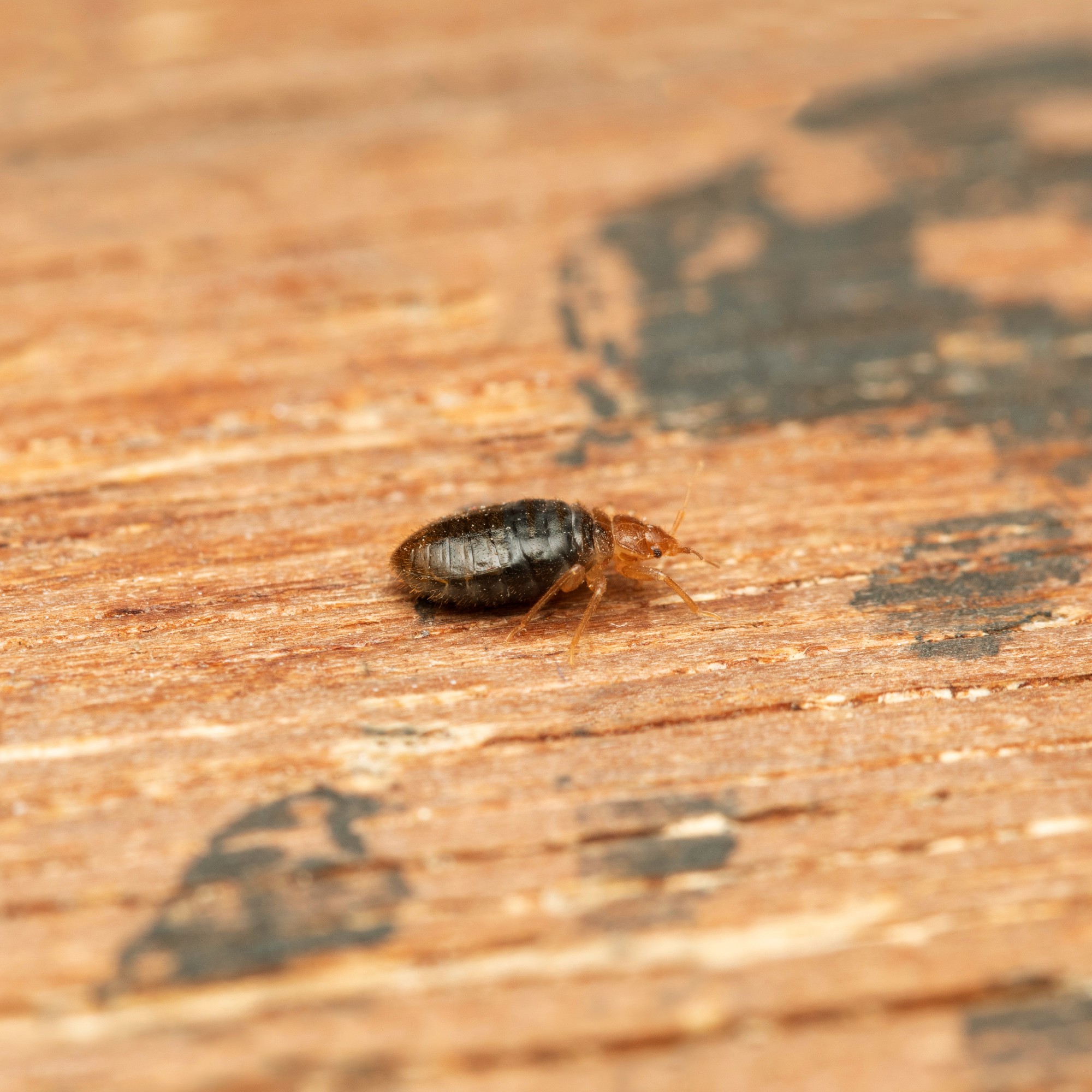
If you rent, you can contact your landlord or try contacting your local council's environmental health or pest control team. Alternatively, you can consult a pest control company that is a member of the British Pest Control Association.
Experts generally recommend getting professional help to get rid of bed bugs because they can be notoriously hard to eradicate. Plus, an infestation can easily recur if any eggs are missed.
However, there are also steps you can take to get rid of bed bugs yourself. So let's get into it.
How to get rid of bed bugs
1. Wash your bedding
'Once detected, quick action is essential to remove bed bugs from your home's mattresses and bedding,' advises Charles Williams, bedding expert and co-founder of bedsava.
That means stripping the bed and getting bedding into the washing machine. 'All bedding, including sheets, pillowcases, mattress toppers, and duvets, should be washed at a minimum of 60 degrees, then tumble dried on high for at least 30 minutes,' explains Charles.
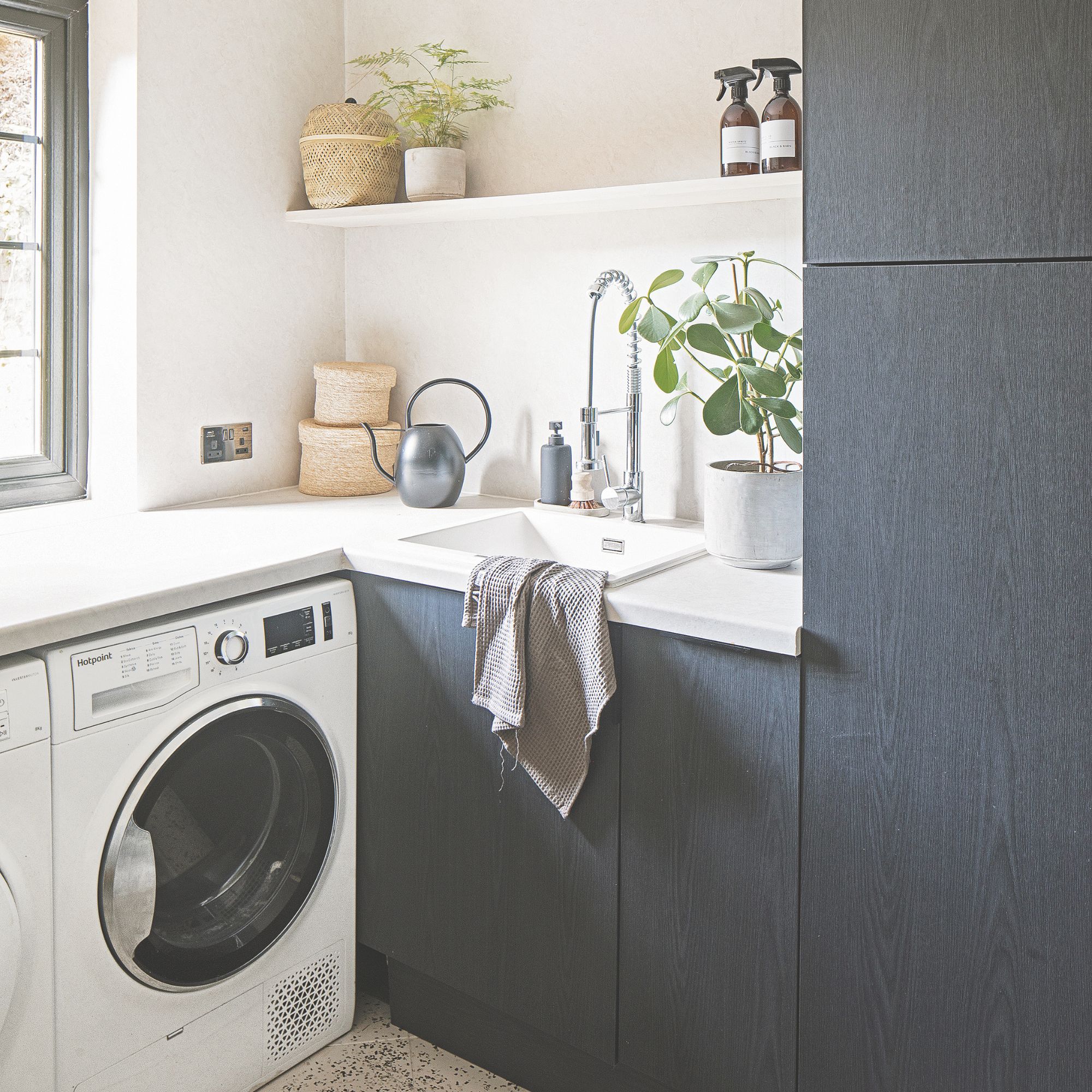
‘All affected bedding, clothes, and furnishings must be thoroughly washed at above 60°C setting to eliminate any hidden eggs and bed bugs,’ agrees Dr. Jonathan Kirby, pest expert at NOPE! pest control. That also includes pyjamas and soft toys.
If there are fabric items you can't wash at high temperatures, Charles advises that 'smaller items infested with bed bugs, such as decorative pillows or soft toys, can be placed in sealed plastic bags and frozen for at least 24 hours. The extreme cold temperatures will ensure all bed bugs and eggs are killed.'
2. Vacuum your bed and mattress
After stripping your bedding, vacuum your mattress thoroughly on as high a suction as your vacuum allows.
‘Although it won’t eliminate the problem entirely, vacuuming is a control measure,' explains pest technician Mihail Velev. 'It’s effective for removing live bed bugs, as well as their other forms, such as the nymphs and eggs, from the surface of the mattress, which can significantly reduce the bed bug population. Focus on the seams, folds, and crevices of your mattress where bed bugs tend to hide.’
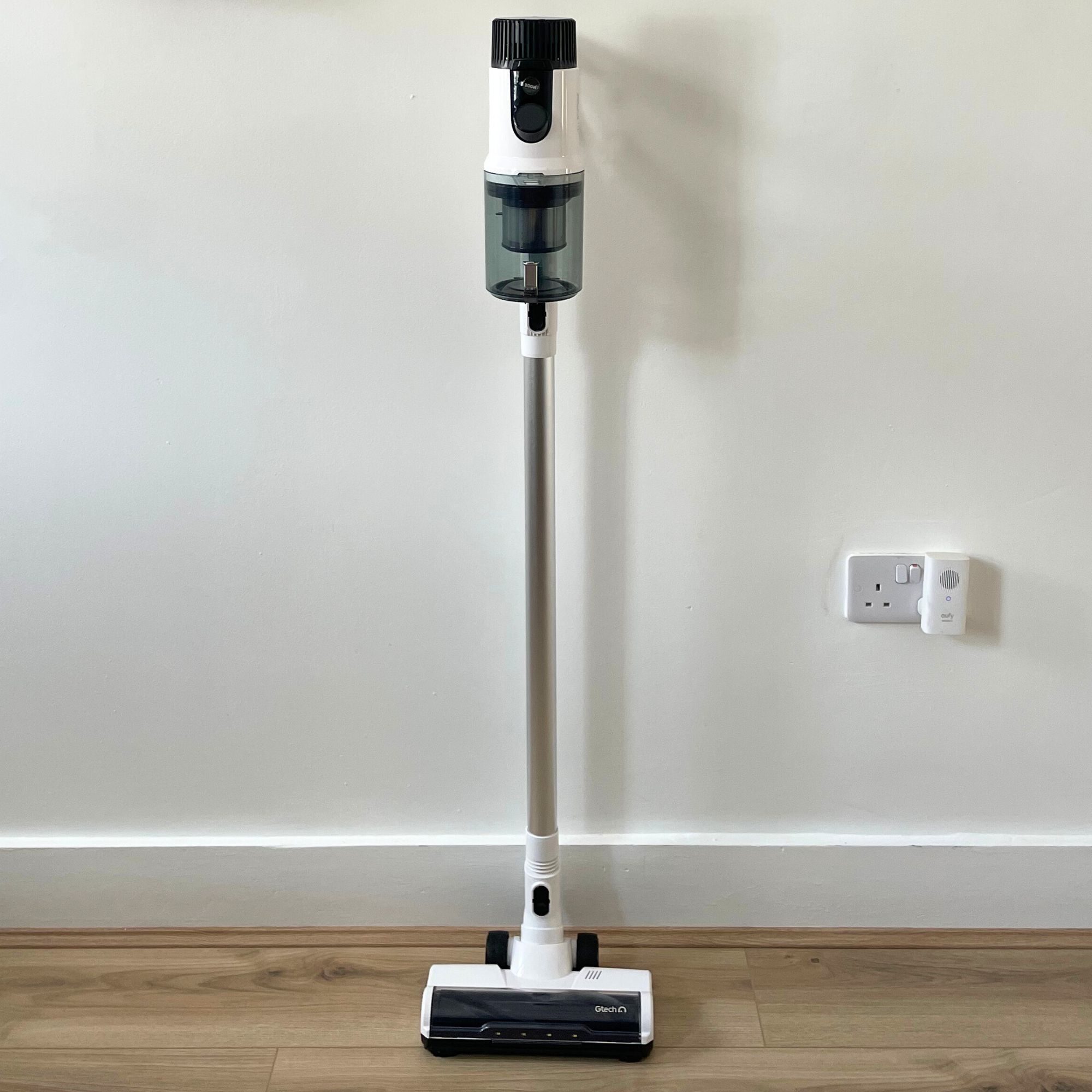
‘After vacuuming, consider using a mattress encasement,' says Mihail. 'These are special covers that trap any remaining bed bugs inside and prevent them from feeding or escaping.’
The best we've tested is the Soak & Sleep Anti Bed Bug Mattress Encasementwhich offers impenetrable waterproof protection to all six sides of your mattress.
3. Vacuum the surrounding area
Next is more vacuuming. 'Vacuum deeply throughout your property,' advises Charles, 'focusing on bed bases, floors and furniture.'
Also, 'check nightstands and drawers for any signs,' says Mihail. 'Check behind the headboard, the bed frame and legs, and the wall behind the bed. Look for small dark red or brown spots and eggs or the bugs themselves. Use a flashlight to inspect the inside of any closets'.
Bed bugs are only 4-7mm long, so they can squeeze themselves into small gaps around bed frames, plug sockets, sofas, furniture, and even underneath the wallpaper.

You can use a vacuum cleaner with a plastic crevice nozzle attachment to suck up the bed bugs, including their eggs, larvae, and droppings. Then make sure to throw away the vacuum cleaner bag and its contents in a sealed bin liner immediately.
‘Bed bugs can survive in a vacuum bag, so it's crucial to dispose of it properly. Seal it tightly in a plastic bag and discard it in an outdoor trash bin, so you don’t release the pests back inside,’ Mihail advises.
4. Steam clean upholstery
Unfortunately, bed bugs love hiding in warm, comfortable spaces – hence the name. That makes mattresses, sofas, and upholstered furniture – like headboards and beds – particularly difficult to remove infestations from, and hoovering alone will only capture eggs and bugs on the surface.
'Headboards are a common hiding spot for bed bugs, which typically lurk in warm, soft spaces like upholstery or fabric,' agrees Martin Seeley, senior sleep expert at MattressNextDay.
This is where you either need a professional, or one of the best steam cleaners in the business. Because our experts agree that steam cleaning can kill bed bugs and their eggs instantly.
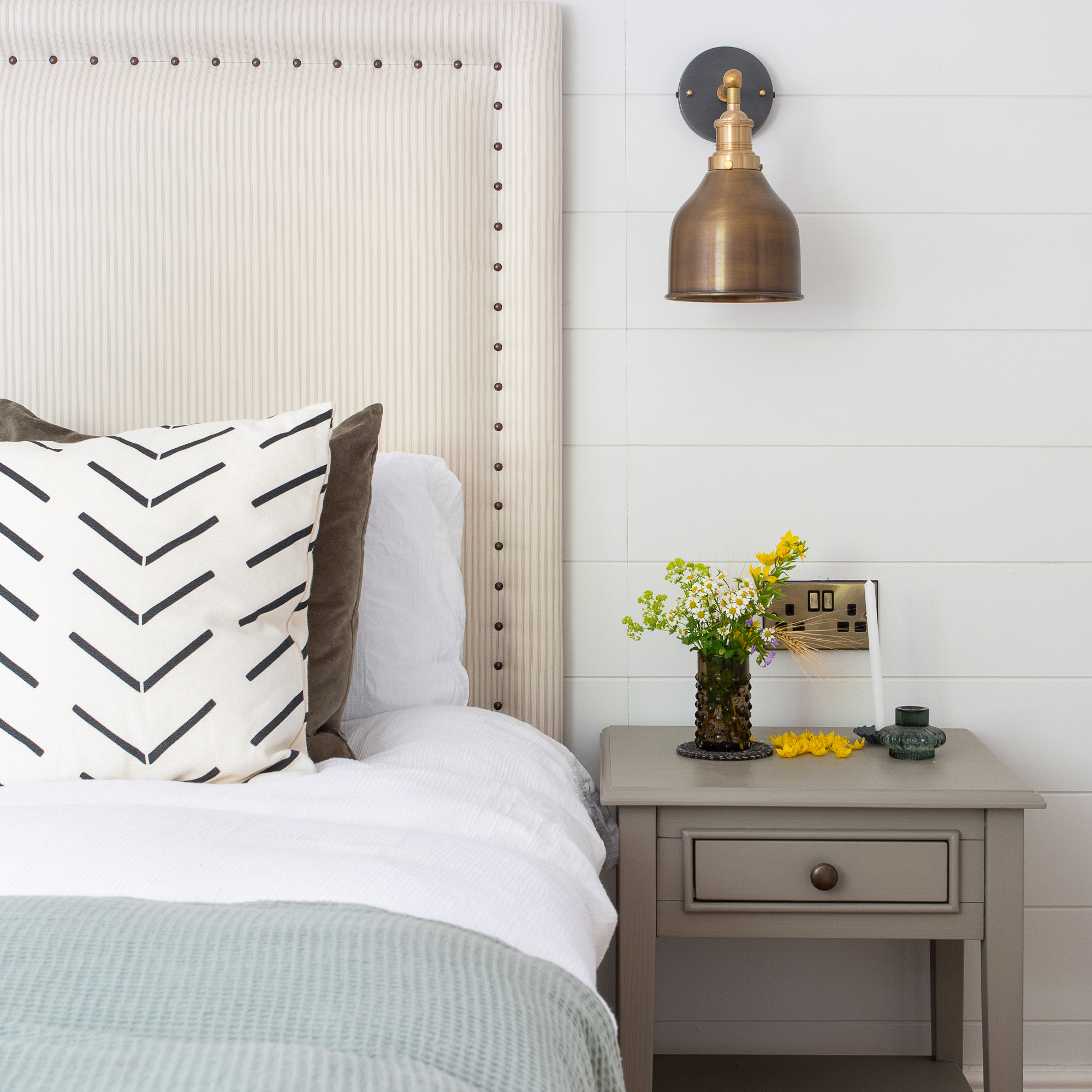
'You can use an upholstery-safe steam cleaner on large areas like your bed and fabric sofas as bed bugs can’t survive above 48°C,’ says pest expert Jonathan Kirby.
5. Treat the area with a bed bug spray
‘To ensure long-lasting impact, apply a bed bug killer to mattresses, furnishings and furniture to eradicate living bed bugs and prevent re-infestation for up to three months,’ recommends Jonathan.
‘Bed bugs hide inside cracks and gaps, so ensure to spray those areas. Choose one that kills bugs quickly, while remaining safe for home use.’
Alternatively, you can fashion your own bed bug spray at home. Tea tree oil can also be used as a natural bed bug insecticide. Mix up your own spray, using 1 drop of tea tree oil to every fluid ounce of water.
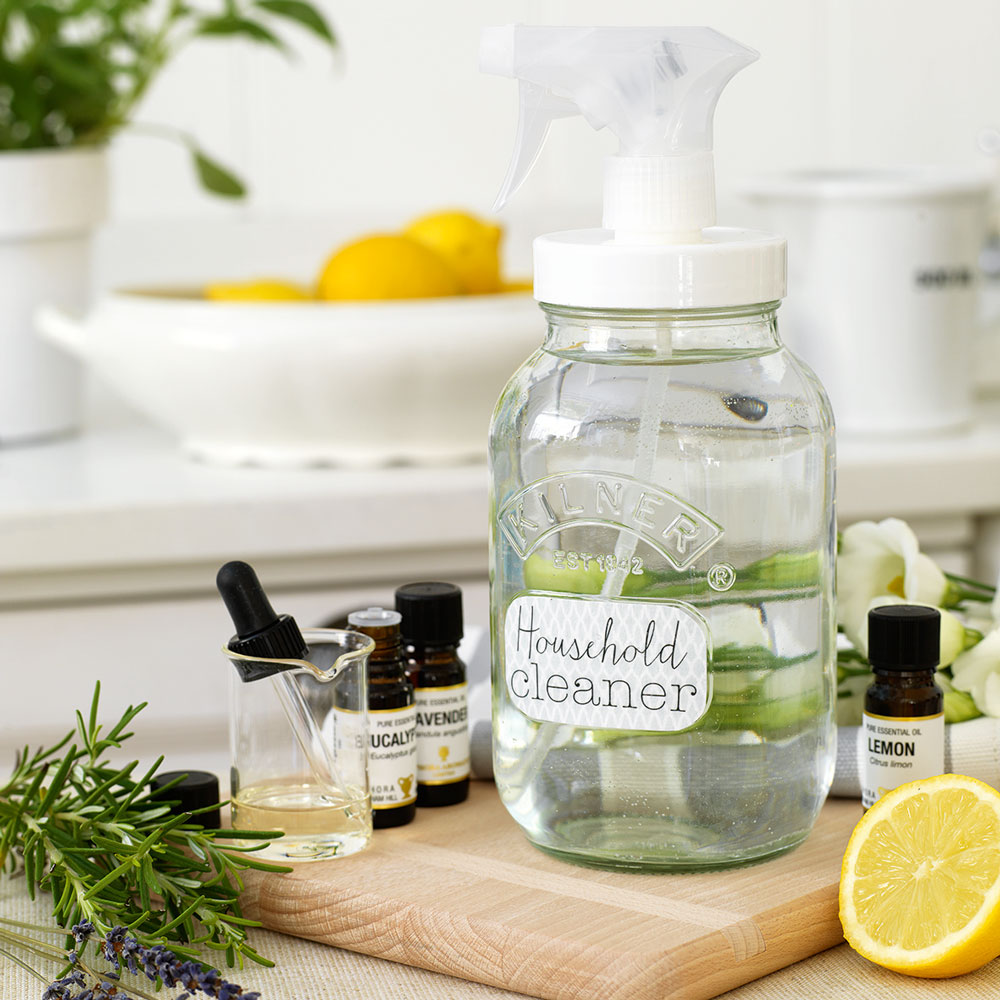
FAQs
What are bed bugs?
Bed bugs are small oval and brownish insects that are similar in size and colour to an apple seed. They have flattened bodies which makes it easy for them to fit into tiny spaces and they like to live in groups in hiding places. They are parasites that consume human blood and can cause a number of health issues such as skin irritation and allergic reactions.
How to spot bed bugs
'Some of the most common signs to look out for are red, itchy bites that appear in lines or clusters across arms, legs or the back,' explains bedding expert Charles Williams. 'You may also notice tiny black dots or rust-coloured stains on mattresses, sheets, or furniture. A sign of a more advanced infestation is a musty, sweet odour.'
'Most infestations will start small but spread quickly if unnoticed. The key to stopping bed bugs is detecting them as early as possible.'
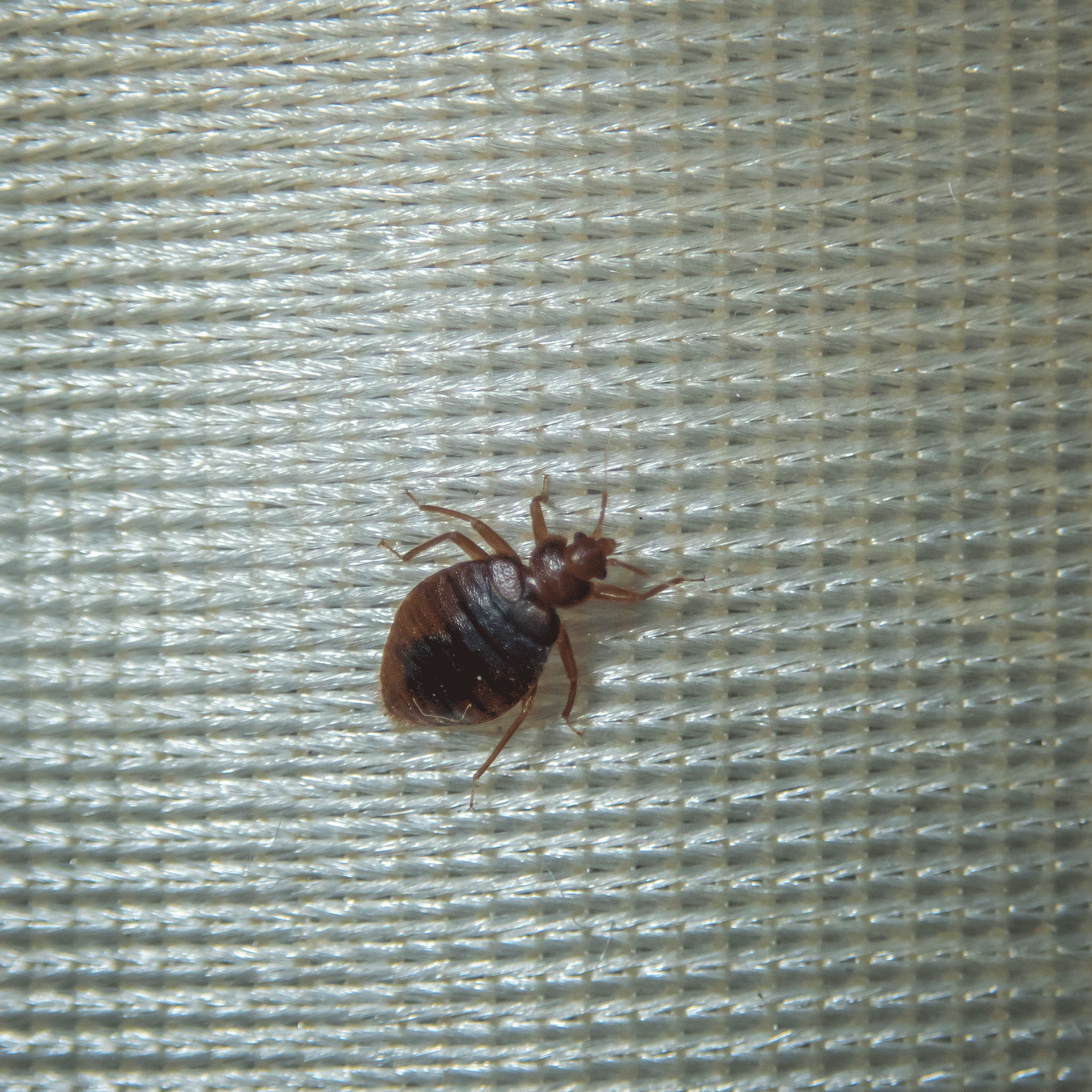
What kills bed bugs instantly?
All our experts concur that hot temperatures can kill bed bugs instantly. That means either machine washing infected fabric and furnishings at 50-60°C, or using a steam cleaner to kill the unwanted pests in your home.
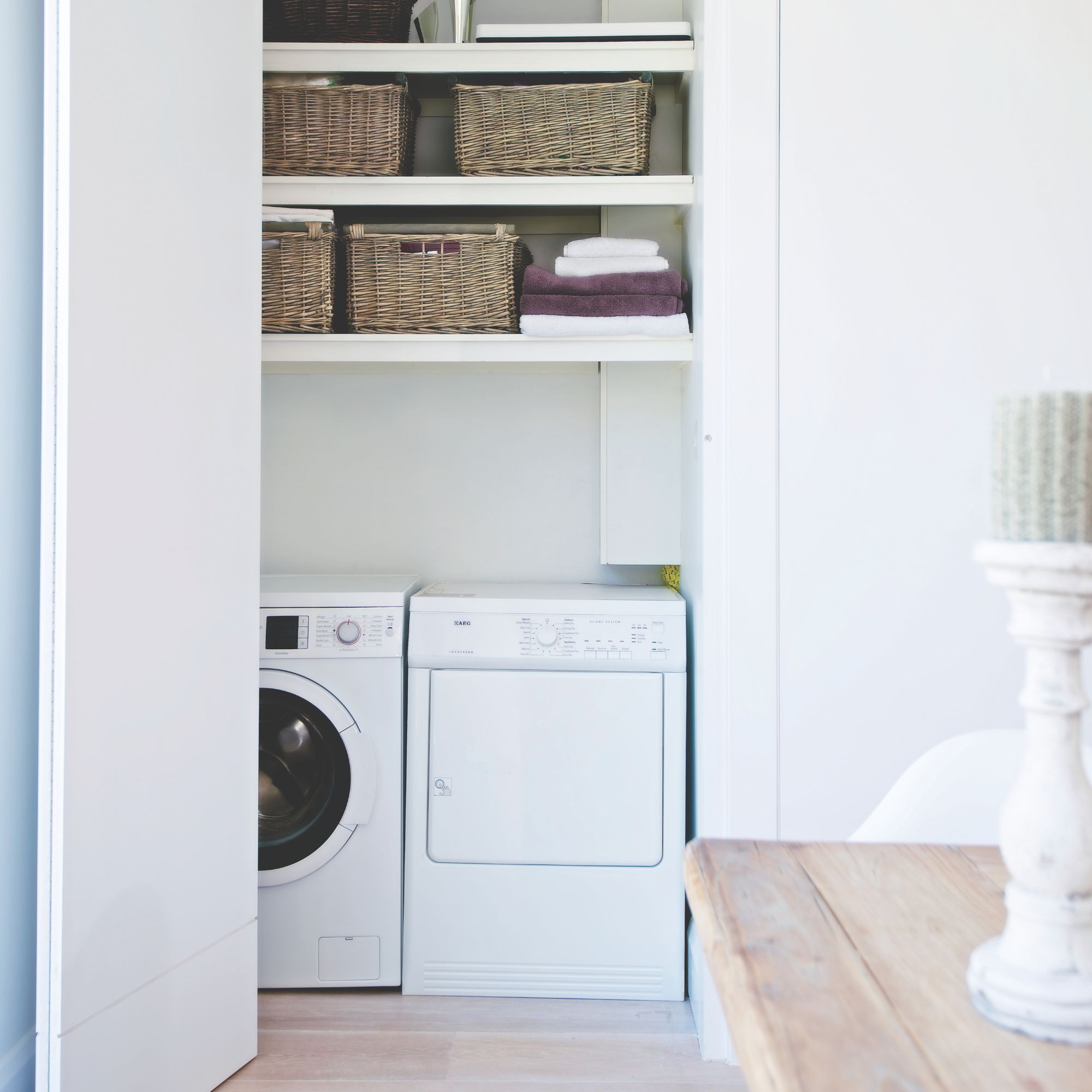
How can I protect my mattress from bed bugs?
Unfortunately, a mattress heavily infested with bed bugs may need to be disposed of completely and replaced with a new one. The best mattresses certainly don't come cheap, so this is one area where prevention is definitely well worth it.
You can invest in a bed bug-proof mattress encasement as a preventative measure to protect your mattress from a bed bug infestation. It’s also effective at trapping bed bugs inside the mattress if you’ve already got them.
What to do if you're worried they'll come back?! Continue checking regularly for signs of returning bed bugs and treat any infested areas immediately, or call in the professionals if they keep coming back.
Jennifer is the Deputy Editor (Digital) for Homes & Gardens online. Prior to her current position, she completed various short courses a KLC Design School, and wrote across sister brands Ideal Home, LivingEtc, 25 Beautiful Homes, Country Homes & Interiors, and Style at Home.
- Sara HesikovaContent Editor